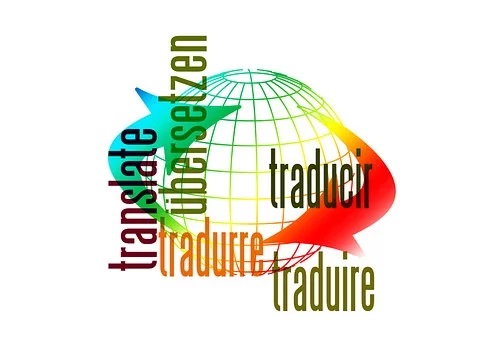
What does the future hold for professional translators? FIT, as the voice of associations representing those professionals around the world, would like to draw attention to actual or conceivable developments and indicate what actions are recommendable.
Trends
Thanks to modern technologies the world is increasingly interconnected. This leads to a rapidly growing need for improved communication and access to knowledge across language barriers. In addition, more and more companies are seeking an international presence. Consequently, there is a steeply rising demand for translation services, which is further amplified by continuing migration due to armed conflicts, climate change etc.
With growing volumes a strong downward pressure on rates is occurring. Acquisitions and mergers on the part of big players in the translation world are likely to lead to further market concentration with a corresponding impact on rates. Yet the bulk of all translation work is ultimately done by freelance individual translators, who must be able to make a living commensurate with their high level of education.
Developments like machine translation are gaining ground, but surely not as fast as expected by some. High-grade systems which are already used in several specialised areas of translation will continue to need a lot of high-quality input, be maintenance-intensive and require constant training of all users.
Some people assume that, at a certain point in the future, computers based on neural networks will outstrip human intelligence. This «singularity» will allegedly render most, if not all, current occupations obsolete. But it remains to be seen whether this vision will become reality. Until such time professional translators will continue to have an important role to play because machines still lack the creativity and intuition that humans have. These professionals will not simply act as post-editors of machine-translation output, but above all as translators in their own right who counter the degradation of human language and guarantee a high quality of language.
Actions
In response to these trends and the changing customer requirements, professional translators have to adapt, be creative and develop business models that make the most of the latest technologies. These models could include various types of added value or involve translation services provided as part of a diversified offering. New innovative ideas are needed.
The traditional image of the solitary translator is definitely changing. Specialisation, a team-oriented approach to the work and the willingness to constantly refine the knowledge of tools will be essential for a successful career in the translation industry. In fact, translators should seek to influence the development and become co-creators of the tools they will be using in the coming decades.
Furthermore, a strong focus on professionalism must be maintained. Standards play an important part as a reliable method of demonstrating and underscoring the quality of the services provided to customers, but the quality of the translation work can only be ensured by trained and experienced professionals.
Professional translators must therefore redouble their efforts to make it clear that they are service providers and counter the commoditisation of their world. Inter alia, this means charging for their services on an hourly or project basis and not per word, line or page translated. They must continue to strive for greater efficiency (for example, by using machine translation as a tool where appropriate) and should consider working in teams to handle bigger jobs as well.
Above all, these professionals should act as language services advisors or language consultants, advising their customers on the best approach to a particular assignment and explaining the benefits or drawbacks of certain translation methods.
Job profiles themselves are likely to change. In some areas, the roles of translator and interpreter may merge, leading to the emergence of «trans-interpreters». Elsewhere «trans-editor» or «trans-journalist» may become a new job title. Professional translators must therefore be willing to move away from traditional roles and embark on new, rewarding areas of activity as well as defining their personal area of specialisation.
Requirements
– for educational institutions
Universities and institutions who train translators will also have to adapt and refine their curricula in order to prepare their students for this changing environment. They must equip the students with the respective skills needed for transcreation, localisation and other demanding types of human translation.
– for professional associations
As the voice of individual translators, the national associations as well as their international umbrella organisations will have to inform both political institutions and the public about the importance and necessity of high-quality translation work. Furthermore, they have to offer their members information and training relating to new market developments.
Conclusion
Given the rapidly changing environment, the future of the translation profession will therefore depend on the ability to transform the trends outlined above, which many perceive as a threat, into a new opportunity. This calls for a strong focus on professionalism, greater specialisation, acting as language services adviser as well as adaptability and flexibility.
* * * * *
Please also refer to:
FIT Position Paper on Machine Translation
